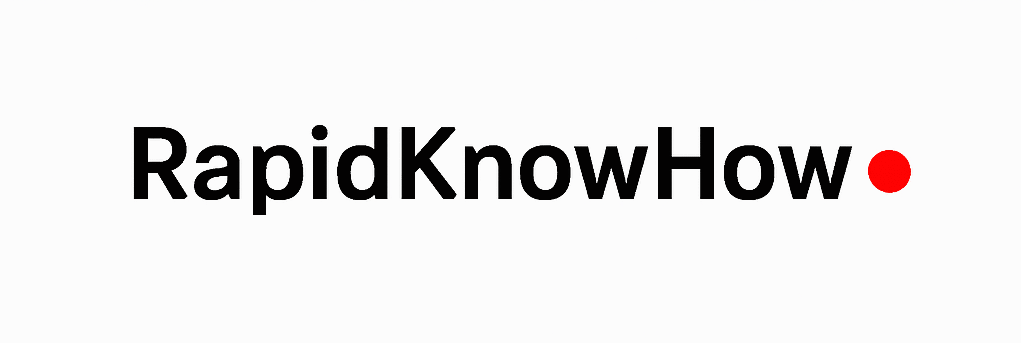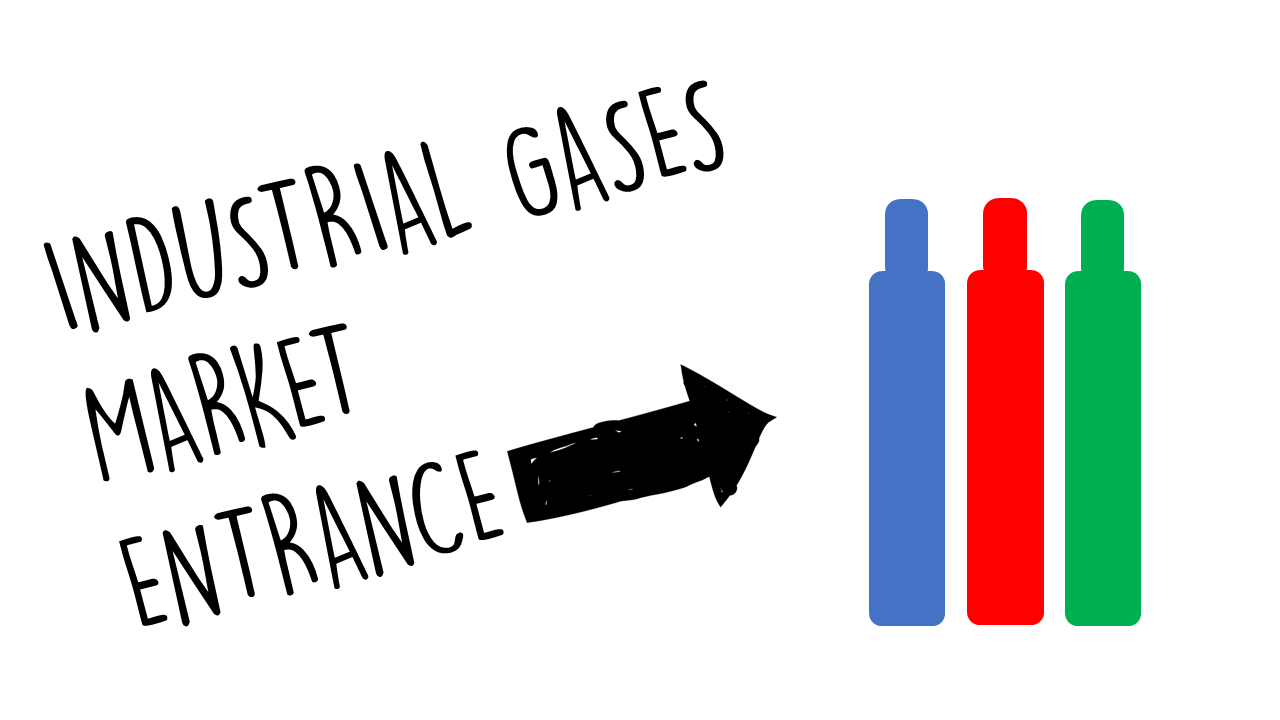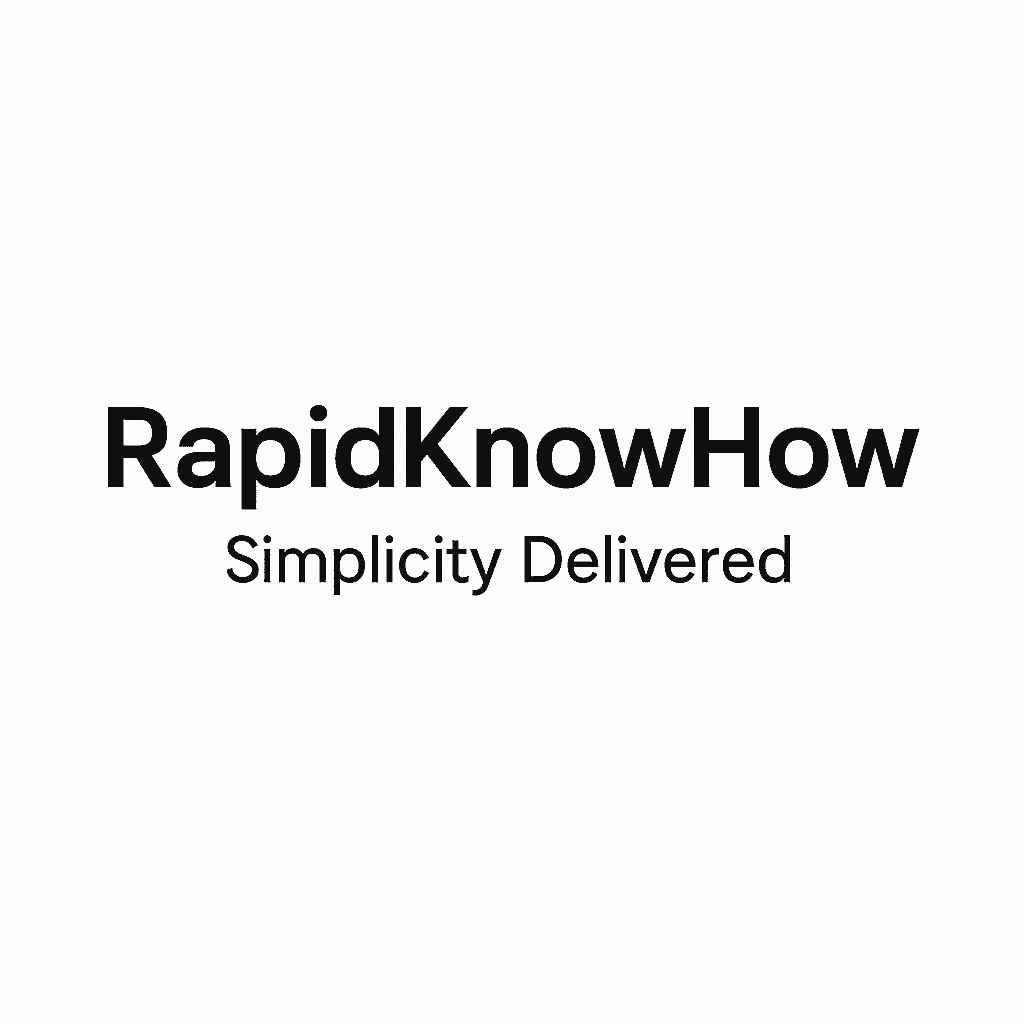The concepts of “Smart City” and “City Gulag” represent two contrasting visions of urban living, particularly with regard to technology’s role in governance and everyday life. Below is a comparison of the two:
Smart City
Definition: A Smart City leverages technology and data to enhance the quality of life for its residents, promote sustainability, and improve urban management. The emphasis is on innovation and efficiency in city services.
Key Features:
- Integration of Technology: Utilization of IoT devices, sensors, and data analytics for real-time monitoring and management of urban infrastructure.
- Efficient Public Services: Smart traffic systems that reduce congestion, intelligent waste management that optimizes collection routes, and energy-efficient buildings.
- Enhanced Quality of Life: Applications that provide residents with real-time information on public transportation, local events, and community resources.
- Sustainability Initiatives: Focus on renewable energy, green spaces, and reduced carbon emissions through smart solutions and community engagement.
- Public Safety Improvements: Use of surveillance for crime monitoring, but often framed within a context of community safety and responsiveness.
Benefits:
- Improved urban efficiency and resource management.
- Enhanced quality of life through accessible services and information.
- Increased citizen engagement and empowerment through participatory platforms.
Challenges:
- Privacy concerns related to data collection and surveillance.
- Potential exacerbation of social inequalities if access to smart services is uneven.
- Dependence on technology that may create vulnerabilities to cyber threats or systemic failures.
City Gulag
Definition: The term “City Gulag” is a critique of urban environments that employ pervasive surveillance and control. It suggests a dystopian scenario where citizens are constantly monitored, leading to a loss of personal freedom and autonomy.
Key Features:
- Constant Surveillance: Extensive use of cameras, facial recognition technology, and data collection that monitor citizens’ movements and behaviors.
- Loss of Personal Freedom: Systems that enforce behavioral norms, potentially punishing or restricting individuals based on data-driven assessments.
- Social Control Mechanisms: Implementation of policies that resemble social credit systems, where citizens’ rights or opportunities are determined by their monitored behavior.
- Alienation and Isolation: The overreliance on technology may lead to decreased real-world community interactions and a sense of alienation among residents.
Disadvantages:
- Erosion of privacy and civil liberties, creating an atmosphere of distrust.
- Fear and anxiety among citizens due to constant monitoring.
- Potential misuse of data by authorities that can lead to discrimination or exclusion.
Conclusion
The contrast between Smart Cities and City Gulags highlights the dual-edged nature of urban technology and governance. While Smart Cities aim to harness technology for the public good and improved urban living, the City Gulag framework warns against the potential for oppressive surveillance and loss of freedom.
Summary Points
Smart City:
- Focus on efficiency, sustainability, and citizen engagement.
- Technology is used to enhance quality of life.
- Benefits include improved services and environmental initiatives, but challenges include privacy concerns and access disparities.
City Gulag:
- Critique of excessive surveillance and loss of freedom.
- Technology is used for control and monitoring rather than empowerment.
- Dangers include privacy erosion, social control, and potential alienation of residents.
Finding a balanced approach is crucial to ensure that urban development leverages technology positively without infringing on citizens’ rights and freedoms.




